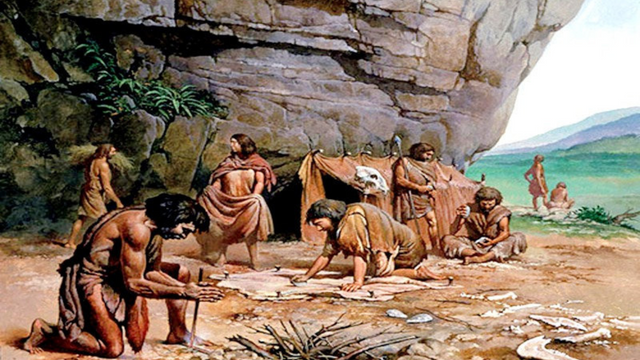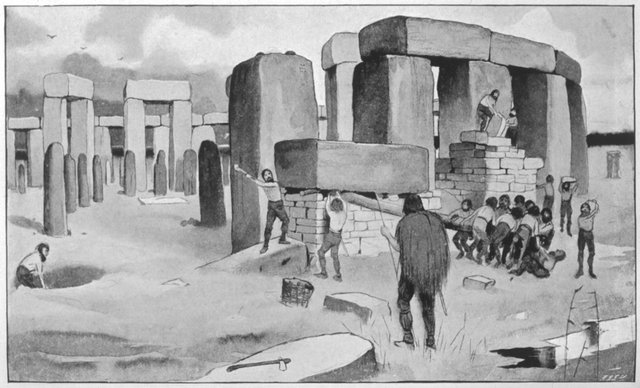Paleolithic Construction-09-04-2025
Paleolithic construction refers to the primitive building methods and shelters used by humans during the Paleolithic period, the earliest stage of prehistory. This period, spanning from around 2.5 million years ago to approximately 10,000 BCE, was marked by a lifestyle based on hunting and gathering, without agriculture or domesticated animals.

Key Points of Construction
- Natural Shelters: For much of the Paleolithic era, humans used caves and rock shelters as their dwellings. These provided natural protection from the elements and danger.
- Temporary Dwellings: Nomadic groups, especially during the Upper Paleolithic, built temporary shelters made from materials like branches, animal skins, and grass. These structures were simple and easily dismantled, allowing them to move according to resource availability.
- Construction Techniques: Early humans used stone tools to cut and shape materials like wood, bone, and skins for their shelters. Dwellings were often circular or conical huts.
- Communal Living: In some cases, dwellings were communal structures, shared by multiple members of a group or clan.
- Specialized Structures: Although most constructions were simple, some Upper Paleolithic groups in northern Europe built more elaborate dwellings, using wood and other materials for sturdier shelters.
